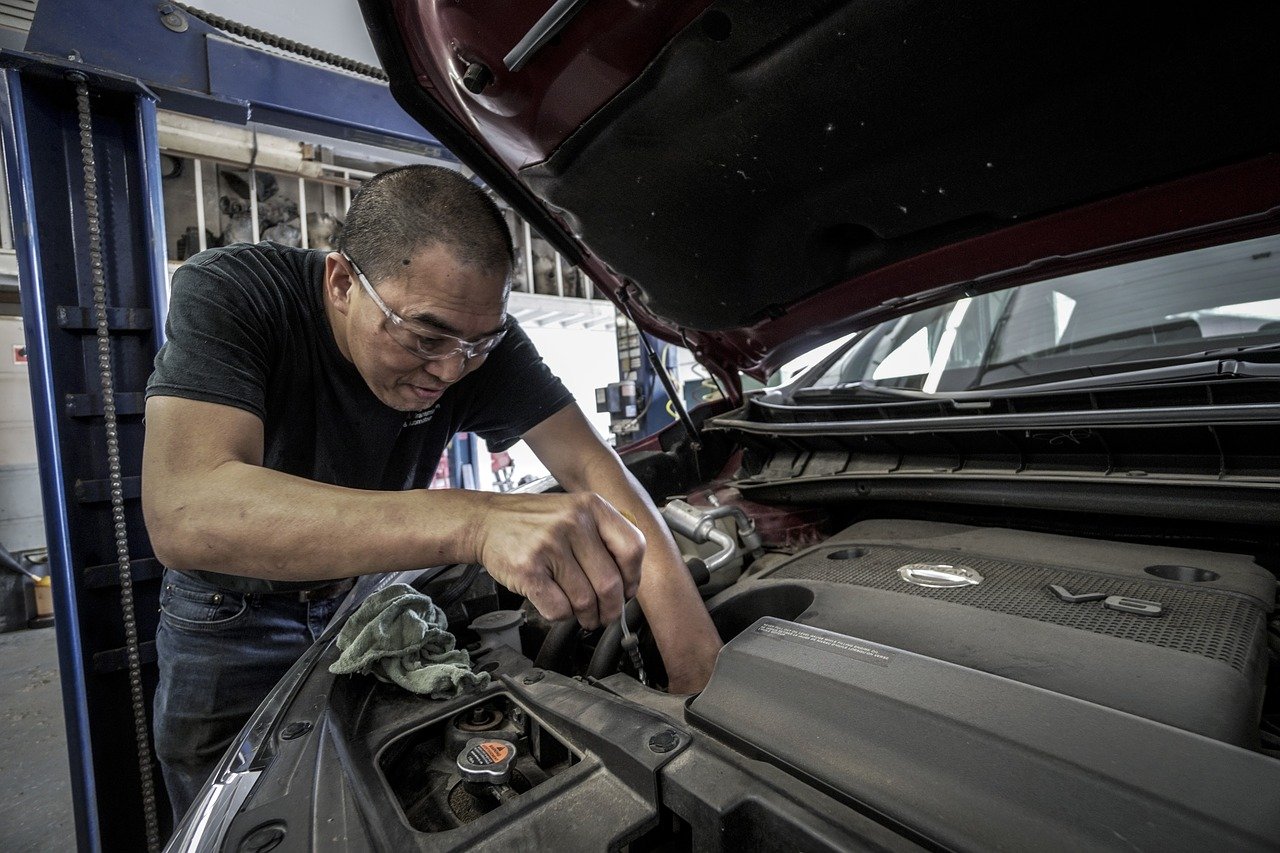Choose a Puppy – After much discussion
You have finally decided it’s now time to add a new, furry, four-legged friend to your family.
You have researched various dog breeds to try to find out what fits best with your lifestyle, and even located a reputable breeder with a litter of new pups.
Now all that’s left is to painfully choose the right puppy from the litter. A task that will no doubt be one of the hardest tasks to do when presented with multiple cute and cuddly puppies.
Remember that there is no perfect puppy test to find the best dog for your family. No matter how many times you choose a puppy, it’ll always come down to an element of pot luck to find the perfect family addition.
Don’t be disheartened though, instead, focus on finding the right dog for you and your family by following my seven how-to choose a puppy steps:
Buying from a Pet Shop
Try not to get a puppy from a pet shop. Puppies from pet stores are often alone and therefore you don’t get to see how they behave with other pups. This makes it harder to judge what sort of personality it might have. Sometimes puppies are taken from their mother too early, meaning that they may not know how to behave. This can result in the puppy either becoming fearful or aggressive with humans or other animals. This can be corrected afterwards through regular socialisation.
Most importantly, make sure that the puppy you are buying isn’t from a puppy mill!
Buying from a Dog Breeder
Try to set up a meeting with the breeder right after the pups have been born (ideally around 8 weeks). Often the best puppies get chosen first, so seeing them quickly is the best way to go. It’s a very big decision choosing a puppy for your family, so make the effort and ask as many questions about its mother and father as you can.
Choosing Day
Take your time and observe how all the puppies interact with each other and with their environment. Depending on what kind of dog personality you’re looking for, I would recommend picking an active and playful puppy for a family environment. Try to avoid puppies that are too dominant or likewise shy away, as these traits may not be ideal for a family or a social environment. Make sure the pups are friendly – playing with your shoelaces or play fighting, can be a good sign. They should also portray trust and look at you in the eyes. Shyness and distrust could be in the pup’s genes, and this could lead to an anti-social personality when the pup becomes an adult.
Dog Personality Traits
Focus on finding a dog that has a balanced personality, not too shy or not to energetic. Most families do well with mild mannered dogs with confidence. You want a dog that comes up to you with his ears up and curious. Don’t try to convince yourself that you can take a shy dog home. The shyness might be in his genes. A shy puppy will grow up to be a shy adult dog and might even snap or bite you if it’s taken by surprise or scared.
Interact with the Puppy
Once you’ve narrowed your search down to a few puppies, ask the breeder if you can interact with them one by one. Pick up each puppy, hug and cradle it. If it reacts by squealing and wiggling, this is not a good sign. You may encounter behavioural issues with a puppy who is squeamish or shy about being picked up. But a small struggle at first, followed by quickly settling down and looking at you is a better sign. Feel the puppy’s paws, mouth, and ears to gauge their reaction. A puppy that has been handled from an early age won’t mind you touching it in these areas.
Physical Check
Once you have found the puppy you want, do a once over body check to see if physically it is fine. Check the pups eyes, ears, gums, teeth and rear end. A healthy puppy should have clear, bright eyes with no crust or discharge. They should also have clean ears and clean gums and teeth. To check the pup can hear clap your hands behind his head and notice if he reacts to it. The puppy should also have bright shiny coats and no sign of dirt or debris on their bodies or around their rear ends. There should be no pus or faeces around their genital area. Also, don’t worry too much if you feel the puppy is over-weight. In general all puppies are chubby, even greyhounds are nice and chubby when they are babies.
Ultimately after you have chosen your family pet, inspected it, asked questions and set your heart on taking it home, it is now time to head to the local veterinarian to get a clean bill of health.
Although the above recommendations are not extensive, they’ll form a good basis for when you decide to choose a puppy. Many other factors need to be considered when the time comes. Your personal and professional situation, time constraints and even the various types of dog personalities. If you have gone through the process of choosing a pup, then why not let us know how it went below?
Refer to How-to guides section for further reading on various topics by Expat College.






Leave A Comment